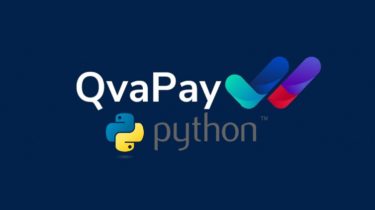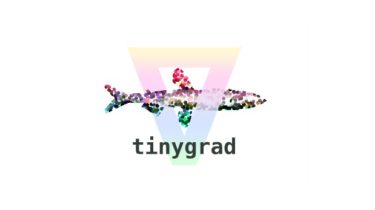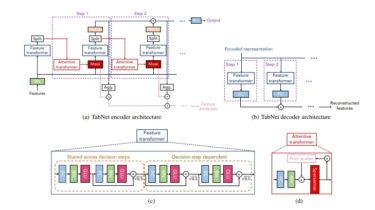Asynchronous and also synchronous non-official QvaPay client for asyncio and Python
QvaPay client for Python Asynchronous and also synchronous non-official QvaPay client for asyncio and Python language. This library is still under development, the interface could be changed. Features Response models with type hints annotated fully (Also internal code have type hints annotated fully) thank you to Python’s type hints (or annotations) and pydantic Asynchronous and synchronous behavior thank you to httpx Coverage 100% Project collaborative and open source GitHub https://github.com/leynier/aioqvapay
Read more








